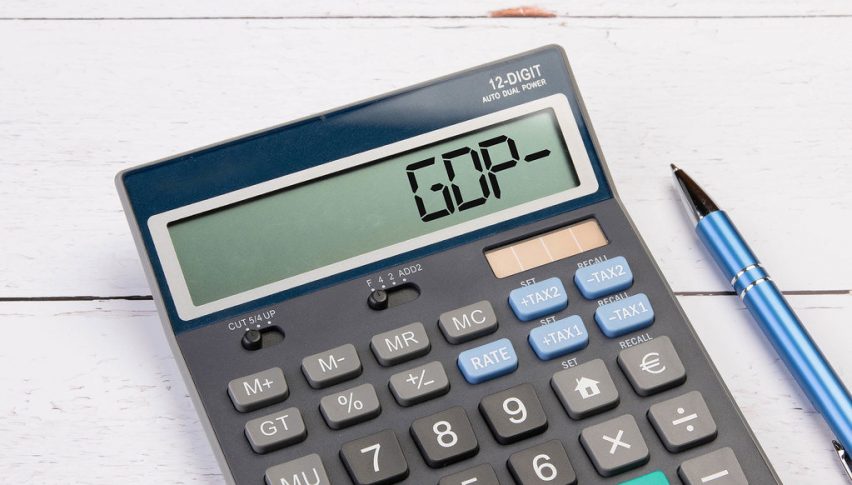Trying to Short EUR/GBP After UK, Eurozone Economic Data
EUR/GBP has been on a bearish trend since the beginning of 2021, with the GBP clearly stronger than the Euro. GBP/USD was making larger gains than EUR/USD during the bullish period after the pandemic started, until summer last year, and since then the EUR/USD has turned more bearish than the cable. This shows that the GBP has had the upper hand, although the situation in Europe and the UK remains similar, both politically, regarding the coronavirus, and economically.
During this time, moving averages have been doing a good job of providing resistance on the daily chart during retraces higher. Initially, it was the 20 SMA (gray), then the 100 SMA (green), and towards the end of last year, the 200 SMA took over that job, showing that the pace of the trend has been slowing.
However, since the beginning of this year, the decline has picked up pace again, with EUR/GBP printing new lows. We saw a jump for two days after the European Central Bank meeting two weeks ago, when they suggested tightening the monetary policy, but the Bank of England also sounded hawkish, as inflation keeps growing everywhere. Today’s CPI (consumer price index) inflation from France showed stagnation for January, so hopefully, the surge will stop soon. Today’s UK retail sales for January were quite strong, as shown below, so this should keep the GBP well bid.
UK January Retail Sales Report

- January retail sales MoM +1.9% vs +1.0% expected
- December sales were -3.7%; revised to -4.0%
- Retail sales YoY +9.1% vs +8.7% expected
- Prior Sales YoY -0.9%; revised to -1.7%
- Core retail sales (ex fuel) MoM +1.7% vs +1.2% expected
- Prior core sales MoM were -3.6%; revised to -3.9%
- Core retail sales (ex fuel) YoY +7.2% vs +7.9% expected
- Prior core sales YoY -3.0%; revised to -3.8%
After the impact omicron had in December, retail sales activity picked up to start the new year with sales volumes for non-food stores increasing by 3.4% on the month. That was offset by the drop in the sales volumes of food stores to below pre-pandemic levels for the first time (0.8% below the levels in February 2020). Overall, retail sales volumes were 3.6% higher than pre-pandemic levels, i.e. February 2020.
The data just reaffirms a bounce in economic activity, which is to be expected after the hit in December, amid the spread of the omicron variant at the time. Economic conditions, in general, should continue to support the BOE narrative to tighten monetary policy in the months ahead.
The Eurozone construction output report once again came out negative in January, showing that this sector remains in contraction. In fact, the annualized figures show that construction output declined for the entire year of 2021. As a result, EUR/GBP remains bearish, and we are looking to open a sell signal soon, so follow our live Forex signals page for trade ideas.
Eurozone December Construction Output

- January retail sales MoM +1.9% vs +1.0% expected
- December sales were -0.2%
- Construction output YoY -3.9%
- Prior output +0.5%; revised to +0.4%
That’s quite the slump in construction activity, with Austria (-8.1%), Germany (-7.3%) and France (-7.0%) being the main culprits. Overall, building construction declined by 4.5% on the month, while civil engineering construction fell by 1.9% on the month.



